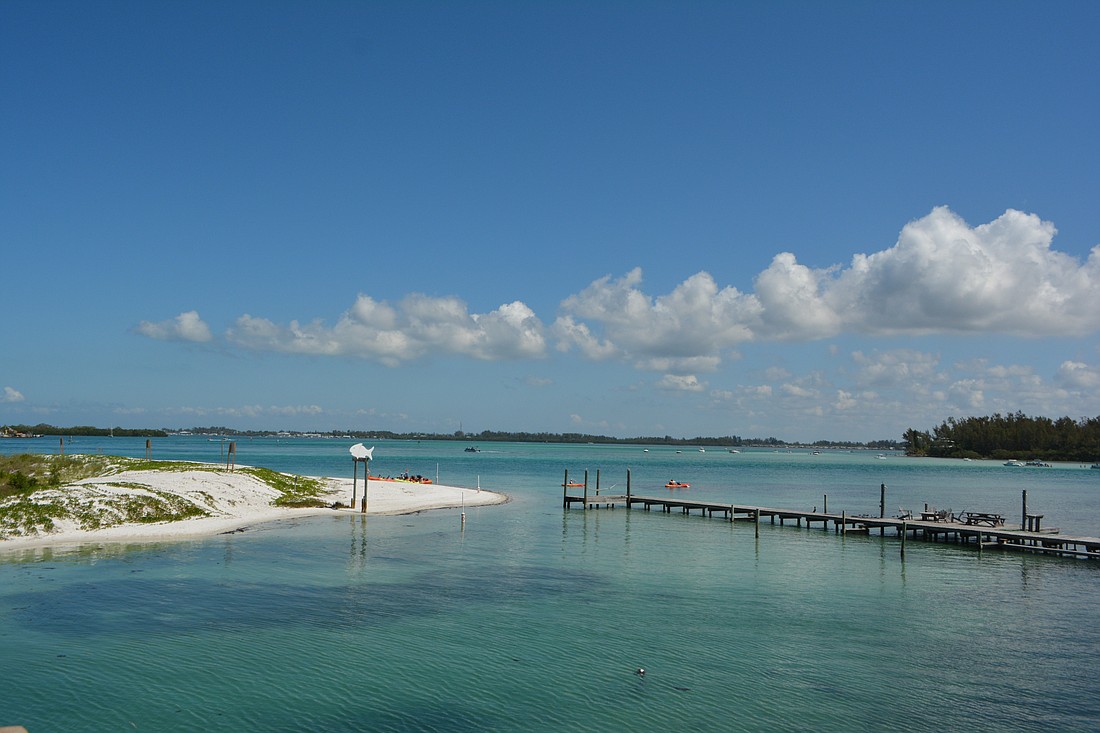- July 13, 2025
-
-
Loading

Loading

After some delays caused by wildlife, residents and visitors will soon be able to pass through Channel 1A along Greer Island (Beer Can Island). The dredging project will be underway by mid-July.
Currently, a buildup of sand that gradually washed down shore from the beaches has made it impossible to boat through the channel. Formally named The Greer Island Sand Spit Management Plan, the dredging project will fix this problem.
The contract for the dredge was issued in April and the project was set to begin in May. But nature had a different plan. A colony of least terns, a species of seabird, established itself on the proposed dredging site. The town of Longboat Key then needed to obtain a permit from the Florida Fish and Wildlife Conservation Commission in order to continue the project with “minor activity.”
Apparently, the town didn’t brief the wildlife on their plans, Town Manager Harold Tipton joked.
Meanwhile, the start of sea turtle nesting season presented another challenge when a nest appeared on the project site. After the appearance of the nest, the town worked with Mote Marine Laboratory to receive a nest relocation permit. Mote recently acquired the permit and two new nests were able to be successfully moved from the site. However, since the first sea turtle nest was established prior to the permit being acquired, the town must let the nest hatch naturally.
Now, the least terns have vacated the site and all that’s left to do is wait out the turtle nest. The nest is expected to hatch by mid-July, according to Isaac Brownman, director of public works. In the meantime, workers have the green light to begin prepping the site without harming the turtle nest.
According to Tipton, residents can expect to see this activity begin around the first week of July.
Once removed and relocated back toward the beaches, the groins installed along the beach are able to block the sand from traveling down shore. The groin structures are positioned almost perpendicular to the shore, and can trap sand as it washes down shore. This should prevent another buildup on Canal 1A from happening in the near future.
“Hopefully, as those have been installed, when we move the sand over we won’t see this re-accumulate in any hurry like it did the last time,” town manager Howard Tipton said.
Tipton said they do not expect any increase in the costs of the project.